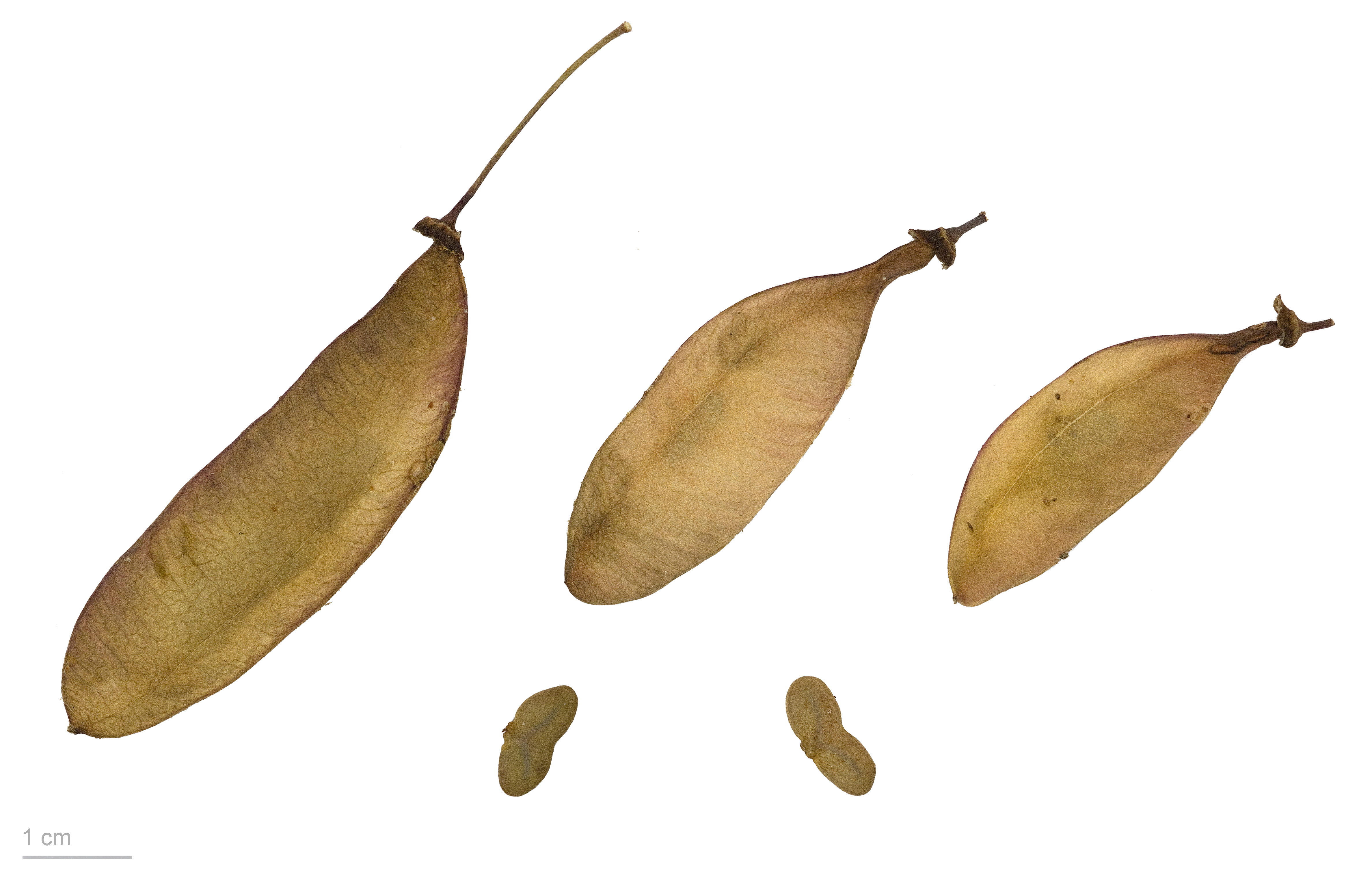|
Balsas Dry Forests
The Balsas dry forests is a tropical dry broadleaf forest ecoregion located in western and central Mexico. Geography The Balsas dry forests occupy the basin of the Balsas River. The ecoregion covers an area of . The Balsas basin, and the Balsas dry forests, extend east and west between the ranges of the Trans-Mexican Volcanic Belt to the north and the Sierra Madre del Sur to the south. The Balsas dry forests ecoregion extends across portions of the states of Michoacán, Guerrero, Mexico, Morelos, Puebla, and Oaxaca. surrounding ecoregions The surrounding mountains are home to pine-oak forests: the Trans-Mexican Volcanic Belt pine-oak forests to the north and northwest, the Sierra Madre del Sur pine-oak forests to the south, and the Sierra Madre de Oaxaca pine-oak forests to the east. The xeric Tehuacán Valley matorral lies to the northeast. The Balsas dry forests meet the coastal Southern Pacific dry forests where the Balsas breaks through the Sierra Madre del Sur on its ... [...More Info...] [...Related Items...] OR: [Wikipedia] [Google] [Baidu] |
Apatzingán
Apatzingán (in full, Apatzingán de la Constitución) is a city and municipal seat of the municipality of Apatzingán in the west-central region of the Mexican state of Michoacán. History Mexico's Constitution of Apatzingán was signed in the city in 1814, during the Mexican War of Independence in the Viceroyalty of New Spain against the Spanish Empire. Six federal police officers were charged with murder on August 21, 2019 for their supposed involvement in a police operation that left nine dead on January 6, 2015 in Apatzingán. At least nine people died and several were injured when police fired against members and sympathizers of self-defense groups who had taken over the municipal palace. Geography The Municipality of Apatzingán is located in the Tierra Caliente Valley. It has an area of 1,656.67 km2 (639.64 sq mi), and reported a population of 99,010 (2010). The city of Apatzingán is the sixth-largest in Michoacán (behind Morelia, Uruapan, Zamora, Lázaro Cárd ... [...More Info...] [...Related Items...] OR: [Wikipedia] [Google] [Baidu] |
Mexican Dry Forests
Mexican dry forest describes a number of ecoregions of Mexico within the dry broadleaf forest Biome. Together they constitute a World Wildlife Fund Global 200 priority ecoregions area for conservation. Ecoregions The area includes the dry forest ecoregions of Mexico's Pacific Ocean Coast from Sinaloa and the southern Baja California peninsula south to Guatemala. North to south, they include: *Jalisco dry forests *Balsas dry forests *Bajío dry forests * Chiapas Depression dry forests * Sonoran-Sinaloan transition subtropical dry forest, *Southern Pacific dry forests * Sinaloan dry forests * Sierra de la Laguna dry forests. See also * Ecoregions of Mexico The following is a list of ecoregions in Mexico as identified by the World Wide Fund for Nature (WWF). A different system of ecoregional analysis is used by the Commission for Environmental Cooperation, a trilateral body linking Mexican, Canadi ... References and external links Mexican dry forests (National Geographic)* W ... [...More Info...] [...Related Items...] OR: [Wikipedia] [Google] [Baidu] |
Lysiloma Microphylla
''Lysiloma'' is a genus of flowering plants belonging to the family Fabaceae. The genus is native to the Americas, and species range from Arizona and New Mexico through Mexico and Central America to Costa Rica, and in Florida, Cuba, Hispaniola, the Bahamas, and Turks and Caicos Islands."''Lysiloma'' Benth.". ''Plants of the World Online'', Kew Science. Accessed 26 August 2021/ref> Species There are eight accepted species: * ''Lysiloma acapulcense'' (Kunth) Benth. – Mexico to Nicaragua * ''Lysiloma auritum'' (Schltdl.) Benth. – southern Mexico to Costa Rica * ''Lysiloma candidum'' Brandegee – Baja California Peninsula * ''Lysiloma divaricatum'' (Jacq.) J.F.Macbr. – Mexico to Costa Rica * ''Lysiloma latisiliquum'' (L.) Benth. – false tamarind. Southern Mexico, Belize, Cuba, Bahamas, Turks & Caicos, Florida. * ''Lysiloma sabicu'' Benth. – sabicu, horseflesh. Southeastern Mexico, Cuba, Hispaniola, Bahamas, Florida * ''Lysiloma tergeminum'' Benth. central and s ... [...More Info...] [...Related Items...] OR: [Wikipedia] [Google] [Baidu] |
Haematoxylum Brasiletto
''Haematoxylum brasiletto'', or Mexican logwood, is a species of tropical hardwood tree in the legume family, Fabaceae. It is known in its native Mexico and Guatemala as "palo de brasil" or "palo de tinto". The timber is used to make bows for stringed instruments, the manufacture of dyes and in ethnobotany. Description ''H. brasiletto'' is a small tree or large thorny shrub, seven to fifteen metres high. The trunk and larger branches are fluted and the heartwood is deep red. The tree has pinnate leaves with three pairs of heart-shaped leaflets and no terminal leaflet. The clusters of yellow flowers are typical of the Caesalpinioideae, with five distinct lobes, and are followed by copper-coloured seed pods that split laterally when ripe, rather than at the edge. The seeds are black and kidney-shaped.Logwood and Brazilwo ... [...More Info...] [...Related Items...] OR: [Wikipedia] [Google] [Baidu] |
Ceiba Parvifolia
''Ceiba'' is a genus of trees in the family Malvaceae, native to tropical and subtropical areas of the Americas (from Mexico and the Caribbean to northern Argentina) and tropical West Africa. Some species can grow to tall or more, with a straight, largely branchless trunk that culminates in a huge, spreading canopy, and buttress roots that can be taller than a grown person. The best-known, and most widely cultivated, species is Kapok, ''Ceiba pentandra'', one of several trees known as ''kapok''. ''Ceiba'' is a word from the Taíno language meaning "boat" because Taínos use the wood to build their dugout canoes. ''Ceiba'' species are used as food plants by the larvae of some Lepidoptera (butterfly and moth) species, including the leaf-miner ''Bucculatrix ceibae'', which feeds exclusively on the genus. Recent botanical opinion incorporates ''Chorisia'' within ''Ceiba'' and puts the genus as a whole within the family Malvaceae. Culture and history The tree plays an important p ... [...More Info...] [...Related Items...] OR: [Wikipedia] [Google] [Baidu] |

